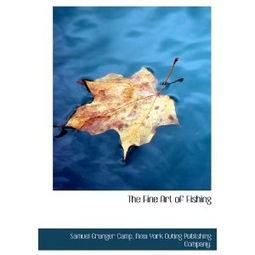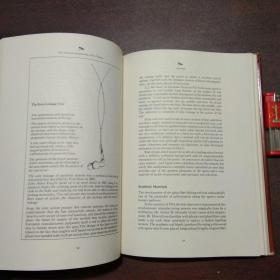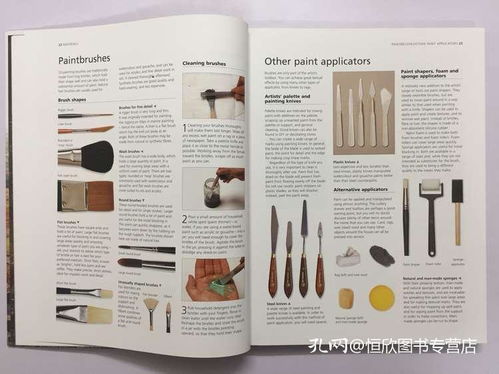Content:
In the realm of unconventional fishing methods, using bamboo leaves as fishing bait has gained popularity for its eco-friendliness and simplicity. This ancient technique involves using the natural scent and texture of bamboo leaves to attract fish. Below, we delve into the art of bamboo leaf fishing, providing you with a detailed guide and a step-by-step diagram to help you master this unique method.
Understanding the Basics of Bamboo Leaf Fishing
Bamboo leaves are known for their distinct smell and texture, which can be appealing to certain species of fish. The leaves contain natural oils and resins that can mimic the scent of insects or other natural food sources for fish. Here's how to get started:
Materials Needed:
- Fresh bamboo leaves
- A fishing rod and line
- Hooks (preferably with a small gap to accommodate the leaf)
- Artificial bait or lures (optional)
Step-by-Step Guide to Using Bamboo Leaves for Fishing
Selecting the Right Bamboo Leaves:
- Choose fresh bamboo leaves that are green and have a vibrant scent.
- Avoid leaves that are wilted or have brown spots, as they may not be as effective.
Preparing the Bamboo Leaves:
- Remove any dirt or debris from the leaves.
- Cut the leaves into strips or shreds, depending on the size of your hooks and the species of fish you are targeting.
Attaching the Bamboo Leaf to the Hook:

- Thread the bamboo leaf strip through the hook's eye.
- Ensure that the leaf is secure and won't easily come off during the fishing process.
Choosing the Right Fishing Spot:
- Look for areas with a strong bamboo presence, as these areas are more likely to have fish.
- Check for areas with good water flow, as this can attract fish looking for food.
Fishing Technique:
- Cast your line into the water and let it sink to the desired depth.
- Gently twitch the rod tip to mimic the movement of a struggling insect or baitfish.
- Maintain a slow and steady retrieve to keep the bamboo leaf in the strike zone.
Setting the Hook:
- When a fish strikes, set the hook quickly but gently to avoid losing the bamboo leaf.
- Be patient, as bamboo leaf fishing can be a slow process.
Reeling in the Catch:
- Once you've landed a fish, gently reel it in and remove the bamboo leaf from the hook.
- Be careful when handling the fish to ensure its safety.
Diagram: Attaching Bamboo Leaf to a Hook
[Insert a detailed diagram showing the process of attaching a bamboo leaf to a fishing hook. Include labels for the hook, the bamboo leaf, and the key steps in the process.]
Tips for Successful Bamboo Leaf Fishing
- Experiment with different leaf sizes and shapes to see what works best for your target species.
- Use artificial bait or lures in conjunction with bamboo leaves to increase your chances of catching fish.
- Be patient and persistent, as bamboo leaf fishing can take time to yield results.
- Always practice catch-and-release if possible, to preserve the fish population and the natural habitat.
In conclusion, bamboo leaf fishing is a fascinating and sustainable way to enjoy the outdoors. By following these steps and utilizing the diagram provided, you'll be well on your way to mastering this unique technique. Happy fishing!












